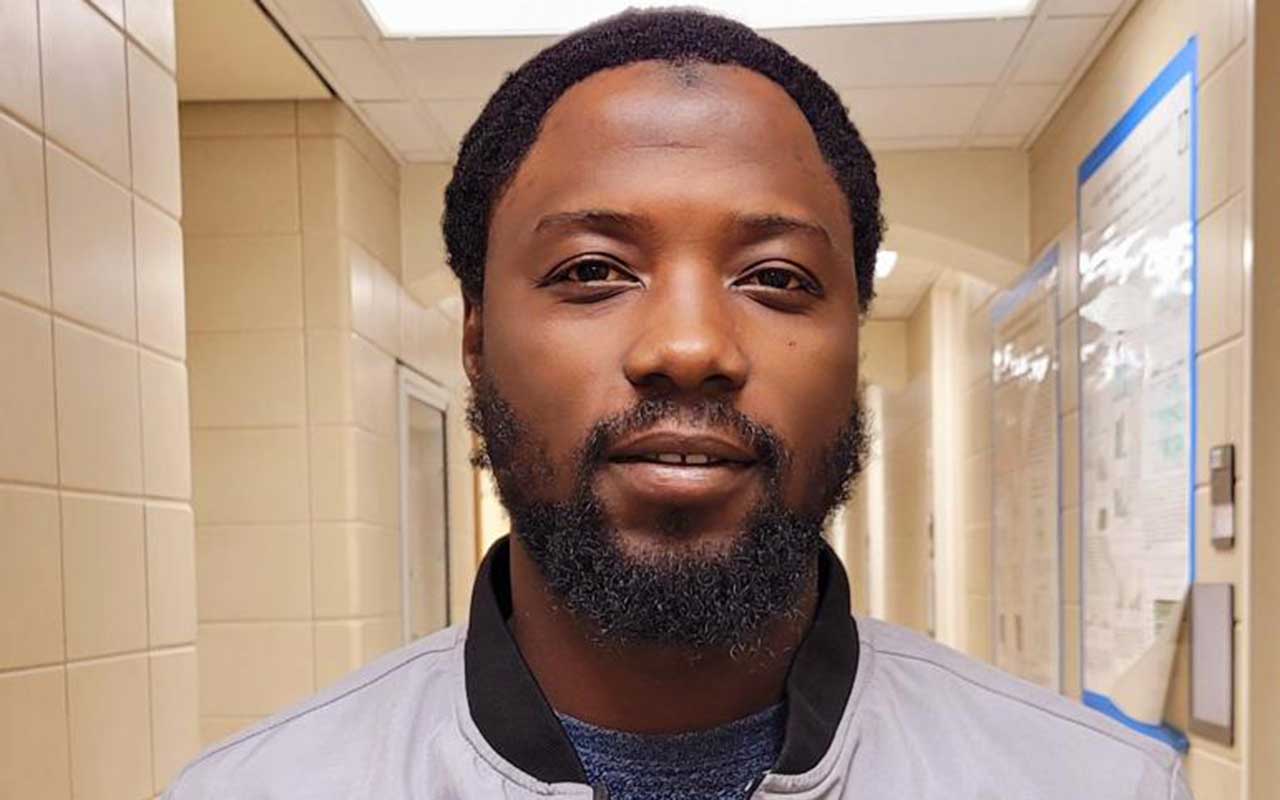 A researcher’s journey exemplifies an innovative approach to addressing two critical health challenges: cancer and neurodegenerative diseases. Meet Hammed O. Faleke, a visionary scientist whose work in nanotechnology is reshaping how these conditions are detected, understood, and treated. Hammed’s innovative research focuses on functionalized carbon dot nanoparticles—tiny, engineered particles that harness the precision of nanotechnology to transform disease management. By addressing the unique challenges of both cancer and neurodegeneration, Hammed’s work bridges the gap between early diagnosis and targeted treatment, offering hope for a healthier future.
A researcher’s journey exemplifies an innovative approach to addressing two critical health challenges: cancer and neurodegenerative diseases. Meet Hammed O. Faleke, a visionary scientist whose work in nanotechnology is reshaping how these conditions are detected, understood, and treated. Hammed’s innovative research focuses on functionalized carbon dot nanoparticles—tiny, engineered particles that harness the precision of nanotechnology to transform disease management. By addressing the unique challenges of both cancer and neurodegeneration, Hammed’s work bridges the gap between early diagnosis and targeted treatment, offering hope for a healthier future.
Early detection remains a cornerstone in combating both cancer and neurodegenerative diseases, as interventions are most effective when initiated at the earliest stages. Hammed’s research targets oxidative stress, a cellular imbalance implicated in the progression of both conditions. Using carbon dots, he has developed nanoparticles that act as fluorescent markers, lighting up cells exhibiting oxidative damage. “These nanoparticles allow us to see the invisible,” Hammed explains. “They help identify disease markers at the molecular level, enabling earlier and more accurate diagnosis.” In neurodegenerative diseases such as Alzheimer’s and Parkinson’s, oxidative stress plays a key role in damaging neurons and accelerating disease progression. Hammed’s work provides a critical tool for studying these mechanisms and exploring interventions to slow or halt the degeneration of neural pathways.
Hammed’s groundbreaking research also explores the therapeutic potential of nanotechnology. For cancer patients, his carbon dots are designed to potentially serve as drug delivery systems that target tumors with remarkable specificity, minimizing the side effects commonly associated with chemotherapy. Similarly, in neurodegenerative conditions, these nanoparticles hold the promise of delivering neuroprotective compounds directly to affected areas of the brain. “This dual application is what excites me the most,” Hammed says. “We’re developing a platform that’s versatile enough to address multiple diseases at their roots.” By incorporating biological models such as Drosophila melanogaster, Hammed investigates how nanoparticles interact with living systems to combat oxidative stress and inflammation, two major drivers of both cancer and neurodegeneration.
Hammed’s research underscores the power of interdisciplinary innovation. He combines chemistry, biology, and cutting-edge technology to develop solutions that transcend traditional boundaries. His work highlights the potential of nanotechnology to revolutionize healthcare by addressing diseases that impact not only individuals but also families and societies on a global scale. “Cancer and neurodegenerative diseases share a devastating impact,” he reflects. “My goal is to create tools that provide hope for early detection, effective treatment, and a future where these diseases are less feared.”
Hammed’s contributions stand as a testament to nanotechnology’s transformative potential. By merging scientific ingenuity with a profound commitment to improving human health, he is helping to pave the way for a world in which cancer and neurodegeneration are better understood, managed, and ultimately overcome. As Hammed continues pushing the boundaries of innovation, his journey serves as a beacon of hope and inspiration in fighting against two of humanity’s most formidable adversaries. His work is a lasting symbol of what can be achieved when science is driven by purpose, passion, and the determination to make a difference.






